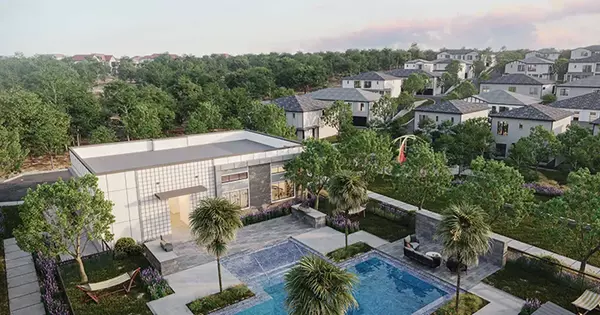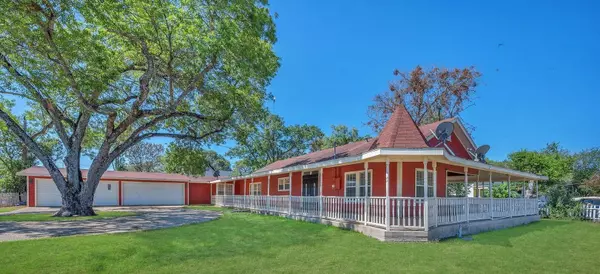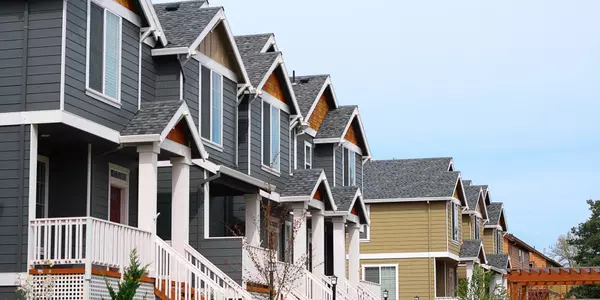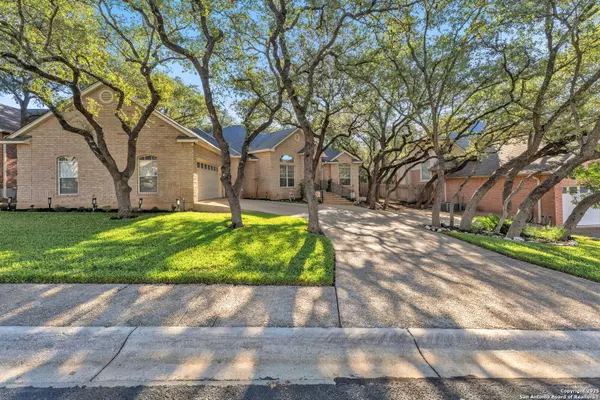Austin Residents Are Moving to San Antonio

In contrast, San Antonio’s real estate market remains stable, though it is also softening. With home prices dipping from $407,000 in July to $388,000, San Antonio presents an attractive alternative for Austin residents looking for affordability without sacrificing urban amenities.
But what does this mean for San Antonio’s buyers, sellers, investors, and renters? Let’s break it down.
Impact on Home Prices, Demand & Market Conditions
With more Austin residents moving to San Antonio, demand for housing will likely increase in desirable areas. This could lead to a gradual stabilization of home prices, especially in neighborhoods that attract former Austin residents. While San Antonio home prices have softened, the increased demand may slow further declines, making it a great time to buy before prices level off or start to rise again.
Currently, San Antonio is experiencing a softening market, but the influx of buyers could shift it back toward a seller’s market in certain areas. If demand continues to rise and inventory tightens, home prices could start increasing again, making it an opportune moment for sellers to list their properties before the market rebounds. However, buyers still have a window of opportunity to secure a home at a lower price before the full effect of migration takes hold.
For sellers, the increase in demand presents a great opportunity to attract motivated buyers from Austin. To maximize profits and sell quickly:
-
Highlight affordability and quality of life in your listing descriptions.
-
Showcase desirable features like home office spaces, modern upgrades, and energy efficiency.
-
Price competitively to attract buyers looking to escape Austin’s high costs.
-
Market directly to Austin buyers by emphasizing how San Antonio offers a lower cost of living while maintaining proximity to tech jobs and entertainment.
For buyers, competition will increase. To stay ahead:
-
Get pre-approved for a mortgage to make competitive offers quickly.
-
Be flexible with offers, including seller concessions or faster closing timelines.
-
Act fast—well-priced homes will see increased interest.
-
Explore up-and-coming neighborhoods that haven’t yet seen major price surges.
-
Work with a knowledgeable local real estate agent who understands the evolving market dynamics.
Rising Demand for Rentals: Short-Term & Long-Term Growth
With a surge in relocating Austinites, San Antonio’s rental market is also expected to heat up. Many newcomers may choose to rent before buying, leading to increased demand for both short-term and long-term rentals.
-
For investors, this is a prime time to invest in rental properties.
-
For renters, expect to see slightly rising rent prices, especially in desirable areas near downtown, the Medical Center, and suburbs like Alamo Ranch and Stone Oak.
Meanwhile, short-term rentals (Airbnbs, VRBOs) may see increased occupancy rates from new residents looking for temporary housing while transitioning to a permanent home. Investors should consider properties that can cater to both short- and long-term rental markets.
A growing population means potential shifts in San Antonio’s infrastructure:
-
Traffic congestion may increase in high-demand areas like the I-10 corridor, Loop 1604, and Highway 281.
-
Public transportation expansion may become necessary to accommodate growth.
-
Schools in suburban areas could see higher enrollments, leading to potential new school developments or expansions.
-
Job market growth could follow as businesses move to support the growing population.
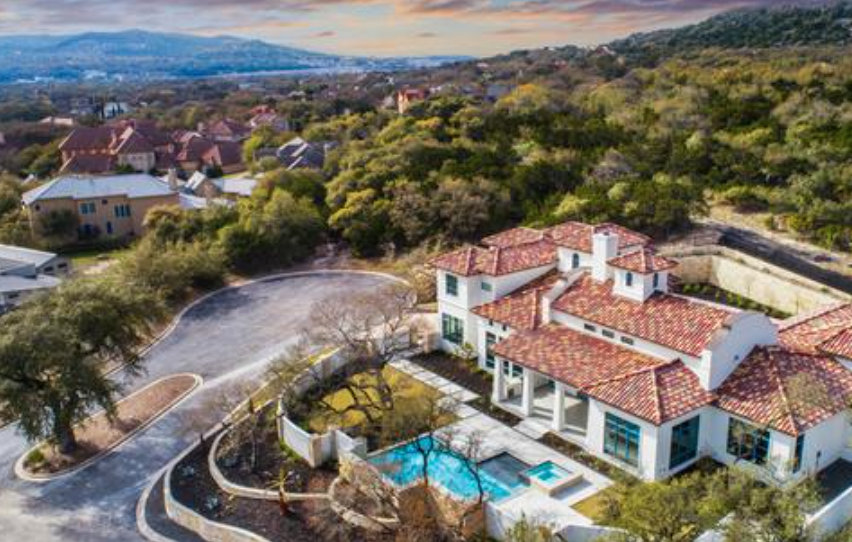
While San Antonio remains more affordable than Austin, an increase in demand could gradually raise property values, leading to higher property taxes in the long term. Homeowners should monitor local tax assessments and consider homestead exemptions to mitigate rising costs. However, San Antonio’s property taxes are still significantly lower than Austin’s, making it an attractive option for those looking to save money.
San Antonio is becoming a top choice for Austin residents seeking affordability, stability, and opportunity. For buyers, now is the time to act before competition increases. For sellers, the window to attract motivated buyers is opening wider. For investors, rising rental demand makes this an ideal time to enter the market.
As Austin cools, San Antonio is heating up. Are you ready to make your move?
Want to stay updated on San Antonio real estate trends? Follow us for expert insights!
Recent Posts
